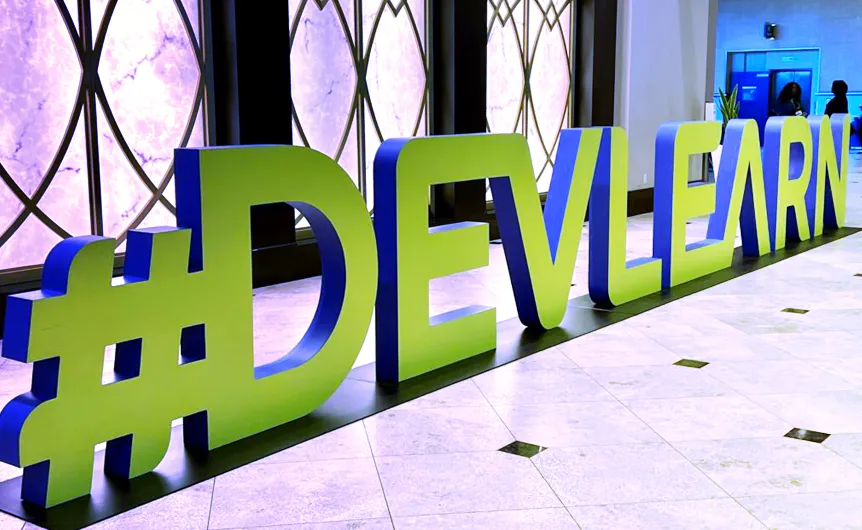Revisiting Multimedia Learning Theory: Fostering Generative Processing in eLearning
Welcome to Part Four of our Illuminating Insights blog series, where we explore Richard Mayer’s cognitive theory of multimedia learning and how it applies to eLearning design. In previous posts, we’ve discussed how good eLearning design reduces extraneous processing, manages essential processing, and fosters generative…
Revisiting Multimedia Learning Theory: Managing Essential Processing in eLearning
Welcome to Part Three of our Illuminating Insights blog series, Revisiting Multimedia Learning Theory. We’ve been exploring educational psychologist Richard Mayer’s cognitive theory of multimedia learning and its application to eLearning design. According to Mayer, good multimedia learning design reduces extraneous processing, manages essential processing,…
Keeping It Human in the Age of AI: Creating Courses That Respect and Empower Learners
Are you wondering how AI is going to affect your training efforts? Are you starting to experiment with AI to create e-learning courses and crossing your fingers, hoping that there will be more pros than cons? In the era of AI, it’s easy to get…
DevLearn 2024: An Interview with the Illumina Interactive Learning Team
Walking into the DevLearn conference in Las Vegas this past November felt like stepping into the nerve center of learning technology. This isn’t some stuffy academic gathering, but a vibrant mix of instructional designers, developers, and learning professionals who are genuinely excited about how technology…
To Gate or Not to Gate – That Is the (Critical) Question
One feature that invariably comes up in every new e-learning project is “gating.” Should you control the learner’s journey through an online learning application? If so, how? Frequently, this seemingly innocuous little detail can carry with it loads of nuance and complexities that, if not…
Revisiting Multimedia Learning Theory: Strategies for Reducing Extraneous Processing in eLearning
Welcome to Part Two of our Illuminating Insights blog series, Revisiting Multimedia Learning Theory, where we’ve been doing a deep dive into educational psychologist Richard Mayer’s foundational cognitive theory of multimedia learning and its application to eLearning design. In Part One, we discussed the three…
6 Tips for Maximizing SME Contributions in E-learning
As an instructional designer or course developer, you know the importance of identifying the right objectives to support your topic. No matter what the topic or learning objectives, though, every e-learning course actually has the same purpose: to convey knowledge to an audience of learners….
Why Multimedia Learning is Impactful: Basics & Theory: Part One
In a previous post, we discussed how using audio and visual elements strategically in learning design can be tremendously impactful. Multimedia instruction is not new, and for many decades, learning designers around the world have been using multimedia to create dynamic and engaging learning experiences….
Understanding Your Learner: The Myth of Learning Styles
“Let’s include a diagram for the visual learners.” “The narration is great for auditory learners, and we’ve included a transcript for those who learn better by reading.” “Some people learn by doing. Let’s include a practice scenario for those learners.” Sound familiar? If you’ve worked…
It’s Not Enough to Overcome the Forgetting Curve—Make Each Learning Moment Memorable
In a recent Illumina blog post, Jean Marrapodi, PhD described our mission as learning designers: to create learning activities that capture and maintain learner interest. She talked about three effective ways to structure learning activities for maximum retention: microlearning, drip learning, and spaced learning. These…
Categories
Recent Posts
- Recipes for Success: 2025 Holiday Edition
- Your Role as a Client in Custom eLearning Production: What to Expect
- How eLearning Can Make Change Easier
- How to Choose the Right Custom eLearning Services for Your Organization: A 2025 Guide
- Stop Throwing Money at Training That Doesn’t Stick: How Custom eLearning Actually Delivers ROI









